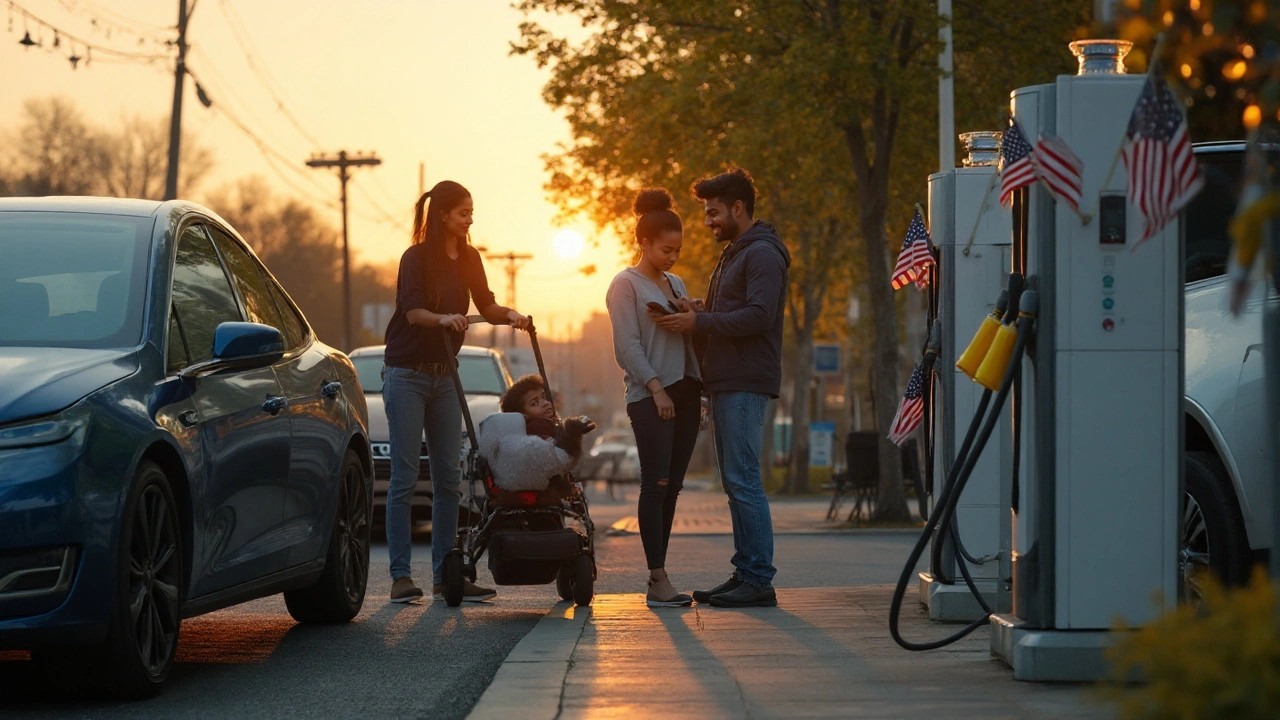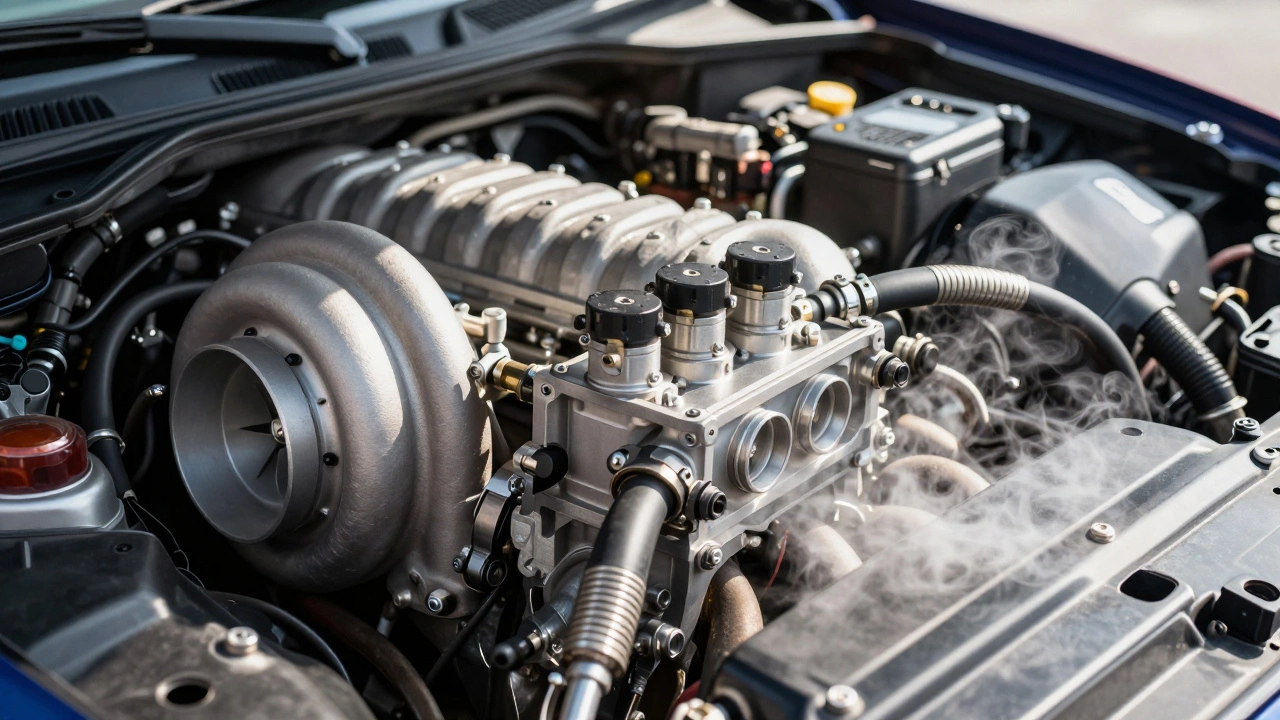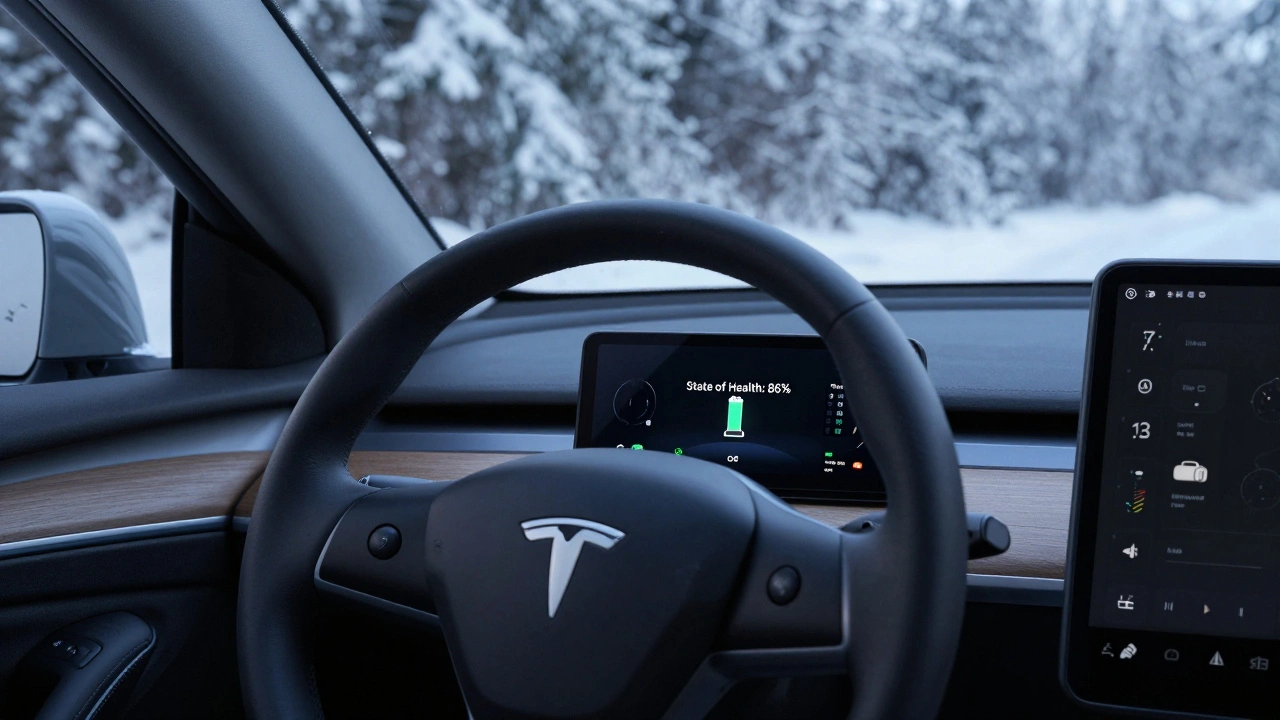The car you buy now won’t stay the car you bought. It will update, add features, maybe even change how it drives. That’s great-until it isn’t. You’re probably asking: which tech actually helps, where is autonomy really headed, what powertrain makes sense for my life, and how do I avoid growing costs and privacy creep? I’ll set expectations straight, give you decision rules that hold up in the real world, and call out the moves regulators and automakers are making that actually change your choices. I live in New York, where street parking and winter slush keep car tech honest, so I’ll keep this practical.
- TL;DR: The next five years are about software-defined cars, smarter driver-assist (not hands-off autonomy), and a split market: EVs for home chargers, hybrids for everyone else.
- If you can reliably charge at home or work, an EV is often cheapest to own by year three; apartment living or cold climates tilt the math toward hybrids or PHEVs.
- Buy driver-assist you’ll use weekly (AEB with pedestrian/cyclist detection, blind-spot with cross-traffic, good driver monitoring). Treat “hands-off” claims as conditional, not magic.
- Expect subscriptions for convenience features and map services. Budget for them the way you budget for insurance.
- Privacy matters: cars now collect location and behavior by default. Learn your opt-outs on day one and use a privacy mode when you can.
The car is a computer now: software, subscriptions, data-and how to stay in control
Automakers are shifting to centralized computers, over-the-air (OTA) updates, and app-like features. The term you’ll hear is software-defined vehicle. It means faster fixes, fewer trips to the dealer, and cars that can add capabilities long after delivery. We’ve already seen real safety recalls handled over the air, which beats waiting months for parts. That’s the upside.
The tradeoff? Paywalls and churn. Driver-assist features like highway hands-free often need a subscription. As of 2025, Ford’s BlueCruise, GM’s Super Cruise/Ultra Cruise services, and Tesla’s “Full Self-Driving” subscription are the clearest examples. BMW walked back paid heated seats after backlash in 2024, but paid feature unlocks didn’t go away; they just got packaged more carefully. If you hate recurring fees, check what’s a one-time purchase versus a subscription before you sign. Ask for the price now and after the trial ends, and confirm if the feature degrades when the subscription lapses.
Support windows are the other big shift. Phones get 5+ years of updates now; cars are catching up. Some brands are promising 8-10 years of security updates on new platforms, others are vague. Make this a buying question: how many years of security updates, and how many years of feature updates, are guaranteed in writing? Also, ask whether the car supports OTA for core modules like brakes, steering, and battery management, not just maps and media. Full-vehicle OTA means fixes arrive faster.
Cybersecurity and privacy deserve plain talk. Regulators have sharpened the pencil: the UN’s UNECE R155/R156 rules require cyber management and update processes for new vehicles in many markets, and ISO/SAE 21434 sets engineering practice. In the U.S., NHTSA has published cyber best practices, and it expects automakers to patch quickly. That’s good, but you still need to protect yourself. New cars collect location, driving behavior, voice requests, and sometimes biometrics. The Mozilla Foundation’s 2023 report called car data practices “the worst category we’ve seen.” In 2025, brands are adding privacy toggles, but the default is still permissive.
What can you do day one? During setup, pick the “minimal data” option, disable sharing with “partners,” and turn off always-on location unless needed for theft recovery. Use guest profiles for loaners and valet. If the car offers a privacy mode that stops uploading trips, use it on personal runs. In the U.S., California’s CPRA gives you rights to limit data sharing; in the EU, GDPR goes even further. For repair access, Massachusetts’ data access law pushed carmakers to open telematics paths for independent shops, which matters if you keep cars past warranty or prefer local mechanics. Ask your dealer how independent service can access diagnostic data on your model.
Worried about bricking your car with an update? Reasonable. Look for brands that allow you to delay non-critical OTAs, show change logs, and offer rollback paths. Also ask what happens when the car is offline for weeks-does it still function, and which features are affected? A car should remain safe and drivable without a cloud connection.
| What to check | Why it matters | How to verify |
|---|---|---|
| Years of guaranteed security updates | Protects you from known exploits | Ask for a written policy or warranty language |
| Full-vehicle OTA coverage | Faster safety fixes, fewer dealer visits | Confirm core systems (brakes/steering/BMS) get OTA |
| Subscription map | Prevents bill shock and feature loss | List which features are trials vs paid; note renewal costs |
| Data controls | Limits location and behavior tracking | Check for profile-level privacy toggles and privacy mode |
| Independent repair access | Lower long-term costs | Ask about telematics access for non-dealers in your state |
Bottom line on software: buy features you’ll use weekly, accept that some will be subscriptions, and pick a brand with transparent update and data policies. You wouldn’t buy a laptop without knowing support windows; don’t buy a car that way either.
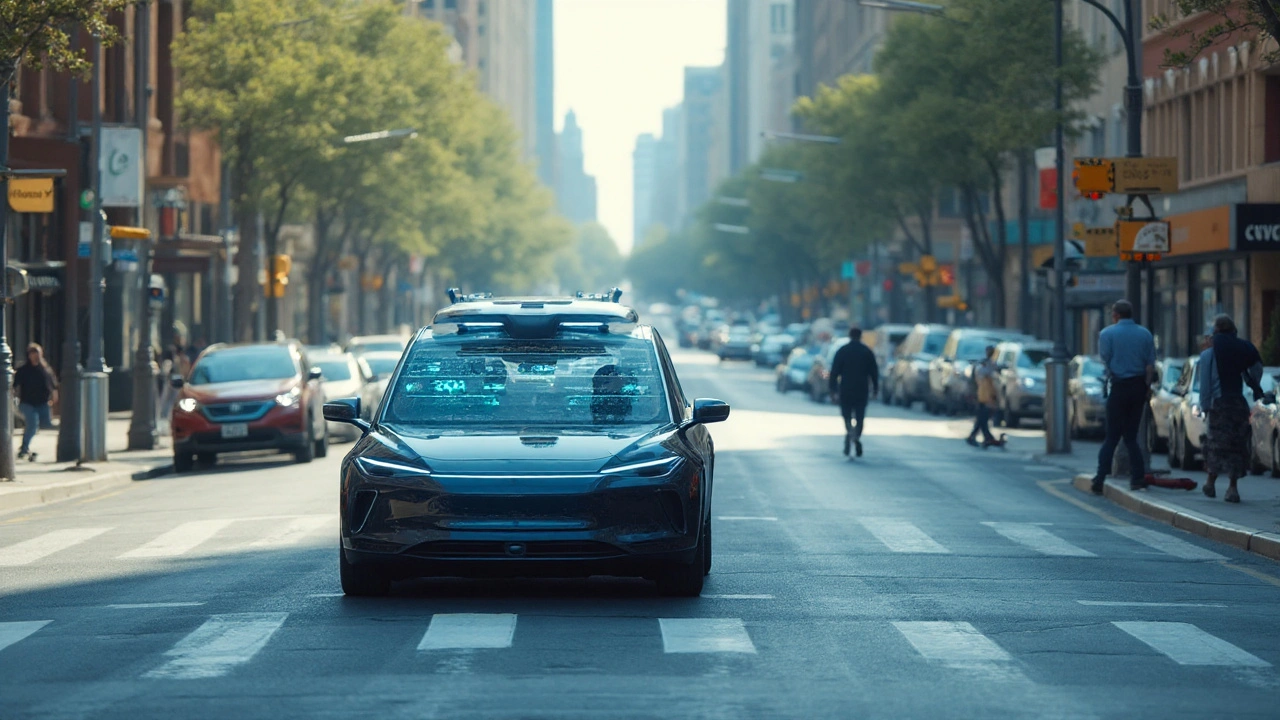
EV, hybrid, PHEV, or gas in 2025? A reality check on charging, cost, and daily life
EV growth in the U.S. cooled a bit in 2024, but sales still climbed. Hybrids surged because they’re simple: no plugs to think about, and big gains in city mpg. Your choice depends on charging access, climate, commute, and energy prices in your zip code.
Here’s the straight rule: if you can plug in at home or reliably at work, an EV is often the cheaper daily driver by year three. Electricity at home during off-peak hours can be a third the per-mile cost of gas, maintenance is lower, and used EV prices in 2025 are buyer-friendly. If you street-park in a dense city, a hybrid is the stress-free pick unless your building offers secure charging. Plug-in hybrids (PHEVs) shine when you can charge most nights but still need long trips without planning. Charge a PHEV daily, and most of your miles go electric; don’t charge it, and you’re just hauling a battery for nothing.
Charging is less scary than it sounds if you control your plug. A 120V outlet adds roughly 3-4 miles per hour-enough for 20-40 miles a day if you plug in overnight. A 240V Level 2 adds 20-45 miles per hour and covers almost any commute. In apartments, look for load-sharing Level 2 in garages. Public DC fast charging works for road trips, but don’t plan your week around it. Reliability has been improving, but it’s not yet gas-station simple everywhere. J.D. Power’s 2024 study still flagged uptime and payment glitches, though the best networks are trending up.
About plugs: the Tesla connector became SAE J3400, and in 2025 most new EVs and chargers in North America support it either natively or via adapters. This is good news-fewer adapters, more stations, simpler planning. For road trips today, stations along the Northeast Corridor and on major interstates are dense enough. In New York, I can drive to DC or Boston with two well-placed stops even in winter, but I wouldn’t want to rely on public DC for daily charging.
Cold weather matters. Expect 20-40% range loss on EVs in freezing temps, mostly from cabin heat and battery chemistry. Heat pumps help. Hybrids also take a winter mpg hit, though less dramatic. If your daily round trip is under 60 miles and you can plug in nightly, winter isn’t a deal-breaker-just size your battery with buffer.
Money side, quick hits: tires and windshields cost more on heavy, fast EVs; brake wear is lower thanks to regen. Insurance has been rising across the board in the U.S., driven by repair costs and parts delays, and ADAS calibration adds to body shop bills. On incentives, the U.S. federal clean vehicle credit of up to $7,500 remains for eligible new EVs, and up to $4,000 for qualifying used EVs under $25,000. Rules on battery sourcing affect which models qualify, and dealers can now apply the credit at the point of sale so you don’t float the cash. Check current model eligibility and income caps before shopping.
| Powertrain | Upfront price | Running costs | Range/Refuel | Best for | Watch-outs |
|---|---|---|---|---|---|
| Battery EV | Higher, but falling used prices | Low maintenance, cheap home charging | 200-350+ mi; fast charging on trips | Home/work chargers, predictable routes | Public charging reliability; winter range; insurance |
| Hybrid (no plug) | Moderate | Great city mpg, simple fueling | 500-600+ mi; gas everywhere | Apartment living, mixed driving | Fewer tax incentives; highway mpg gains smaller |
| PHEV | Moderate-high | Low if charged daily; gas backup | 20-60 electric mi + gas | Daily charging with occasional long trips | Engine maintenance still applies; smaller trunks |
| Gas only | Lowest new/used prices | Volatile fuel costs, more maintenance | Long range, instant refuel | High-mile highway drivers in sparse charging areas | Regulatory risk in some cities; resale shifts |
Quick powertrain picker (takes two minutes):
- Do you have guaranteed charging at home or work at least 4 nights a week? If yes, shortlist EVs and PHEVs; if no, shortlist hybrids.
- Daily round trip under 60 miles? EV or PHEV fits easily; if you do frequent 200+ mile day trips without charging at the destination, consider long-range EV or hybrid.
- Live below 25°F for weeks? Add 30% buffer to the EV range you think you need and favor models with heat pumps.
- Hate planning road stops? Pick hybrid or PHEV. Like saving on fuel with a bit of planning? EV or PHEV.
- Budget discipline: add line items for home charging setup ($0-$2,000), subscriptions ($0-$400/yr), and higher insurance on tech-heavy trims.
Charging at home: start simple. If you drive under 40 miles a day, a regular outlet may be enough. For Level 2, ask your electrician about load management before panel upgrades; many new chargers can throttle to fit your service. Time-of-use rates can cut charging costs by half if you schedule overnight.
One last future-proofing tip: if you can, pick an EV that supports bidirectional power (vehicle-to-home). Brands like Ford, GM, Hyundai, Kia, and Nissan already offer or have announced it on some models. It’s handy during outages and may pay back with utility programs as V2H/V2G pilots expand.
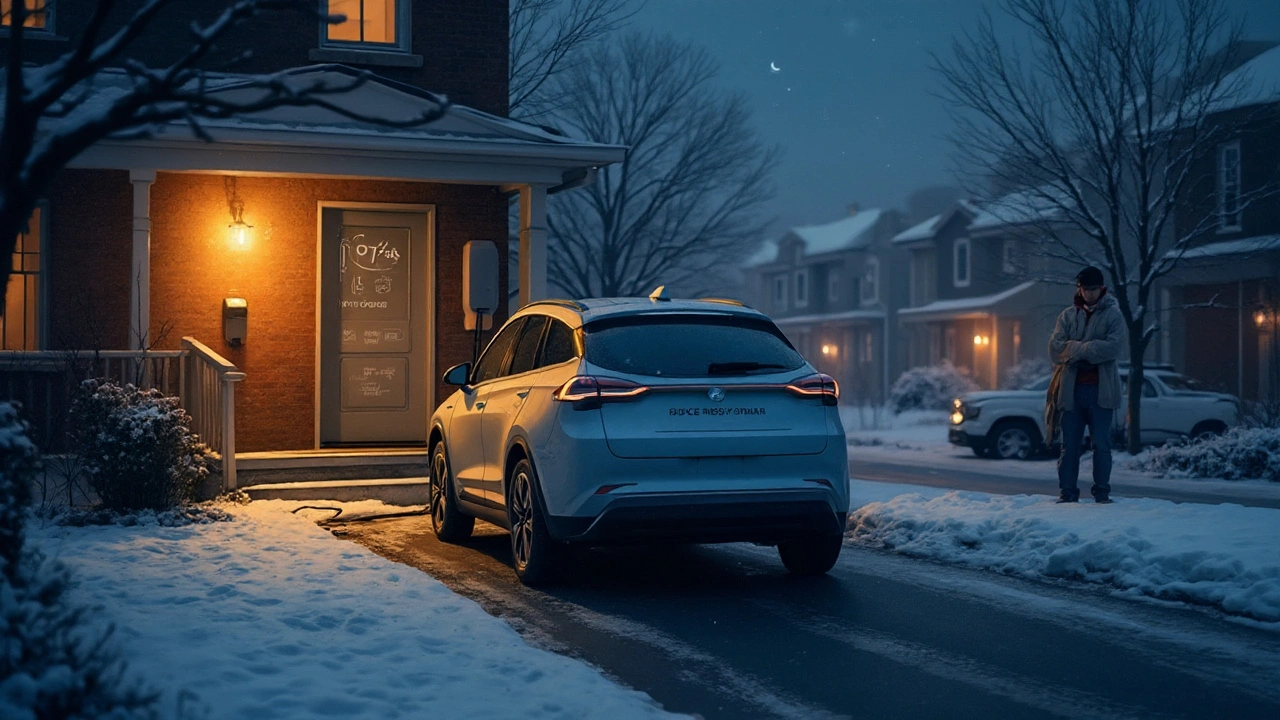
Autonomy you can trust, safety you should demand, and the rules shaping both
There’s a lot of confusion around “self-driving.” Here’s the clean version. Most systems you can buy in 2025 are assisted driving (Level 2): they steer and control speed but expect you to supervise constantly. A few systems offer conditional automation (Level 3) in tight scenarios-think low-speed highway traffic in daylight on mapped roads-where the car is allowed to drive and you can briefly look away, but it will hand control back with notice. Mercedes’ Drive Pilot has approvals in specific U.S. states and in parts of Europe under strict conditions. That’s not robotaxi freedom; it’s relief in traffic jams.
Robotaxis are growing, carefully. Waymo runs in several U.S. cities with geofenced service areas and heavy remote oversight. Other programs have paused and resumed as regulators investigate incidents. Expect more cities, slow expansion, and lots of safety reporting-not an everywhere, anytime replacement for your car.
The safety features that matter now are boring on paper and brilliant in the real world. Prioritize automatic emergency braking that sees pedestrians and cyclists, especially at night. Add rear AEB to save bumpers and keep kids safe in parking lots. Blind-spot monitoring with rear cross-traffic alert is worth it. Good driver monitoring (usually an infrared camera watching your eyes) reduces false confidence with hands-free systems. Independent testing by IIHS and Euro NCAP keeps raising the bar; check their ratings on the exact trim you want-some features only ship on higher trims.
Regulators are pushing from both ends. In the U.S., NHTSA finalized a rule in 2024 to make AEB standard across new light vehicles on a set timeline, with tougher pedestrian performance targets coming. EPA’s 2027-2032 light-duty emissions standards push fleets toward cleaner powertrains; the agency’s modeling shows multiple pathways, with strong growth in EVs or a mix of EVs and advanced hybrids. In Europe, Euro 7 will phase in tighter testing and particle limits, and EU rules require cybersecurity management for new vehicle types. These aren’t just headlines; they shape what dealers will have on lots-and which features you’ll get by default.
Insurance and repairs are the unsung trade-offs. ADAS sensors sit in bumpers, grills, windshields, and side mirrors; a fender-bender can trigger expensive calibrations. That’s part of why premiums are up. Ask your insurer about discounts for supervised driver-assist and telematics, but read the fine print-usage-based insurance trades a lower bill for more data. If you keep a car long-term, favor brands with modular sensors and open calibration procedures so independents can work on them.
What’s next in the near term? Smarter supervised systems that change lanes and handle merges more naturally; wider, but still limited, L3 traffic-jam automation; and better in-cabin sensing to keep drivers engaged without nagging. Voice assistants will stop feeling like 2011 phones and finally understand you while offline for common tasks. And yes, your car will get fun software extras, from better parking views to smarter routing that factors weather, charging queues, and even curb availability.
If you remember one thing about automobiles in the digital age, remember this: buy for the baseline you’ll use every day, not the future demo on stage. Let useful software pile on top.
Cheat sheet: safety and autonomy features worth paying for
- Automatic emergency braking that detects pedestrians and cyclists, with solid night performance
- Lane-keeping that doesn’t ping-pong and allows easy overrides
- Blind-spot monitoring and rear cross-traffic alert; add rear AEB if available
- Driver monitoring camera that works with sunglasses; fewer false alerts
- 360-degree parking camera with high resolution; saves wheels and nerves
- Over-the-air update support for ADAS modules; get better, not just maps
Mini-FAQ
- When will true self-driving (no steering wheel) be common? Not soon for personal cars. Expect slow, city-by-city robotaxi growth and cautious L3 expansion on highways under limits.
- How long do EV batteries last? Most warranties cover 8 years or around 100,000-150,000 miles to about 70% capacity. Real-world data shows packs often outlast that if thermal management is solid.
- Will my car’s subscription fees keep climbing? Likely, like streaming. Budget for it; choose brands with clear bundles and annual plans to cap costs.
- Can I stop my car from sharing my location? Often, yes. Use privacy mode, disable sharing with partners, and turn off background services you don’t use. You may lose some convenience.
- What about used EVs-how do I check battery health? Ask for a recent state-of-health report from the car or dealer, compare EPA range to current range at 100%, and get third-party diagnostics if the brand allows.
Next steps and troubleshooting for different lives
- Apartment dweller, street parking: Start hybrid. Revisit EVs if your building adds chargers. If you pick a PHEV, commit to plugging in at least 4 nights a week to make it worth it.
- Suburban homeowner: Install a 240V outlet where the car parks. Use scheduled charging after midnight. Keep a 120V backup cable in the trunk for trips to family.
- Rural long-hauler: If stations are sparse, consider a hybrid or a long-range EV with proven cold-weather performance and a reliable fast-charging network on your routes.
- Cold climate (weeks below freezing): Prefer EVs with heat pumps and battery preconditioning. Add 30% winter buffer to your needed range. Use the app to preheat while plugged in.
- Privacy-first buyer: During delivery, set up a local driver profile with minimal data sharing. Decline partner sharing, disable microtransaction stores, and review permissions after each major update.
- DIY/tinkerer: Check that your brand allows independent service access and has a healthy aftermarket. Look for published service manuals, parts availability, and calibration procedures outside dealer tools.
Quick hazards to avoid:
- Buying hands-free highway features without checking your state’s coverage and the subscription cost after the trial
- Assuming “Tesla plug” means every fast charger will work-verify connector support and plan B sites
- Planning daily life around public DC fast charging when you can’t plug in at home or work
- Ignoring the fine print on data sharing and then being surprised by targeted ads and insurance questions
- Skipping a winter test drive if you live in a cold region-some cabins heat slower than others
If you’re narrowing choices right now, sort your list by: 1) charging reality (your address, not the brochure), 2) safety you’ll use weekly, 3) transparent software and data policies, 4) total cost of ownership over five years. That set of filters cuts the noise fast and gets you a car that gets better with time-without becoming a bill you didn’t plan for.
And when someone tells you the future is either all-robotaxis or all-gas, ignore them. The next decade is a mix by design. Pick the slice that fits your life today, then let the software do what it’s supposed to do: make tomorrow a little easier than yesterday.
